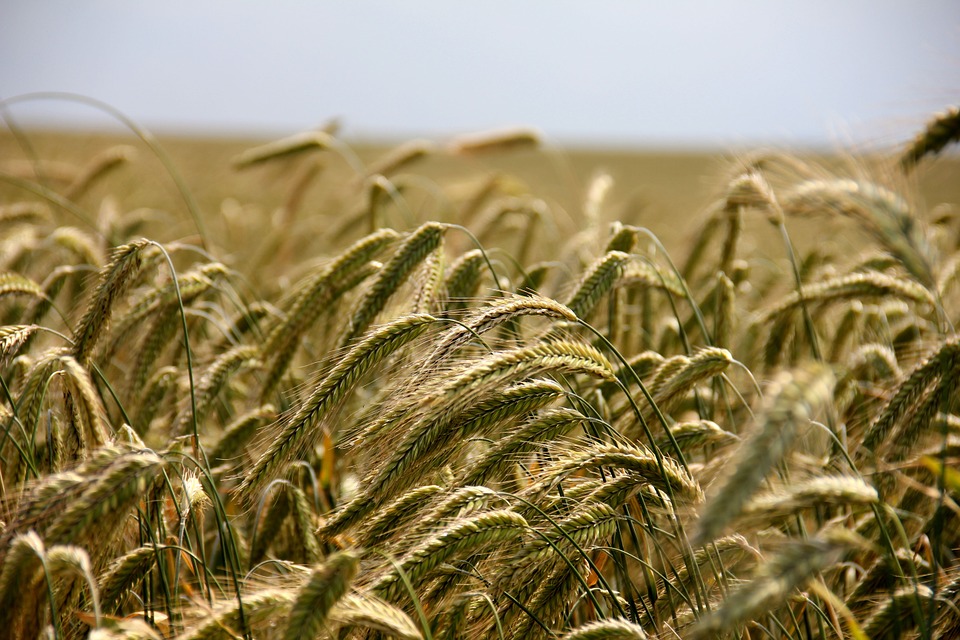Following five years of material losses – and two particularly disastrous years in 2014 and 2015 – commodities recovered significantly last year to generate stellar returns across the majority of markets.
The stimulus efforts made by the Chinese government went a long way towards reducing concerns over the country’s economic outlook, helping to boost prices for base metals in particular. Easing expectations of US interest rate increases during the first half of the year and a rebalancing of global supply and demand across several key commodity markets also contributed to the complex’s bullish sentiment during the year.
Some products did end up in the red, but 2016 was a positive year for commodities overall. The S&P Goldman Sachs Commodity Index (GSCI) managed to post a 10.1% overall return, meaning that it marginally outperformed the S&P 500, which ended 2016 at 9.5%.

Commodity price changes in 2016 (%) (Source: Sydney Morning Herald / Bloomberg)
Iron ore was the biggest winner, with prices experiencing an astounding revival from the decline of the preceding two years. The spot price ended 2016 at $80/dry metric ton, the same as it was at the start of 2015. China’s steel production drove iron ore’s rally, with the country’s excess production equivalent to 21% of domestic steel demand, thanks to state subsidies and tax breaks incentivising Chinese steel producers to maintain high production levels. As such, demand for iron ore – a raw material for the steel industry – remained strong during the year. China accounts for the purchase of close to two-thirds of the global seaborne iron ore supply.
Zinc surged by 65.7% over the year as major zinc mines shut down, and also as supply stockpiles declined. Indeed, the biggest winners were mostly base metals and energy. Oil’s bumper year came on the back of OPEC and other major oil producer nations agreeing to production limits. Brent and WTI rallied on hopes that the agreements will endure and thus help to eliminate a global supply that has kept prices subdued since mid-2014.
Brexit on June 23 induced a wave of volatility and uncertainty across global financial markets, causing investors to move strongly into gold as a safe-haven asset. In the 13 days following the referendum result, gold rallied by a staggering 8.2% to hit a 2016 high of $1,366. Silver similarly followed suit. The second half of the year, however, saw the precious metals erase much of the gains achieved during the first half. Expectations of US monetary tightening by the Federal Reserve weighed heavily on prices, as a resulting stronger dollar and an investor switchback into interest-bearing assets weakened demand for gold and silver. The pro-growth rhetoric from Donald Trump also helped to boost stock markets, which may have caused additional investment to flow away from precious metals and into equities instead.
Uranium ended up as the “worst-in-class” for 2016, ending at prices last seen in 2004. Uranium did not record even a single month of gains during the year. Prices have followed a consistent downtrend since demand for uranium waned in the wake of the 2011 Fukushima nuclear plant disaster in Japan, while supply remained robust during the period.
With London a major hub for physical cocoa trading, Brexit also dragged the price of the tropical commodity down, with the substantially weaker pound sterling leading to a lower global price. Cocoa closed 2016 at its lowest level since 2013 and lost nearly 34% across the 12-month period. A marked surge in production from Ghana and the Ivory Coast – responsible for over 60% of the world’s output of cocoa beans – also contributed heavily to the bear market last year.
Looking towards 2017, one of the most potentially influential factors for commodities is China’s imminent adoption of commodity option contracts as a legitimate trading instrument. China’s regulators are concerned that options may trigger volatility in domestic markets that already experience pronounced price swings. Li Zhengqiang, chairman of the Dalian Commodity Exchange, however, recently suggested that introducing new products like options will help to mitigate risk through hedging, rather than exacerbate it.
According to Barclays, moreover, 2017 may also see commodities markets encountering a “black swan” event. Barclays believes unexpected disruptions could impact energy and metal prices, thanks to a mounting number of possible risks that include a default in Venezuela and a trade war with China. As such, the UK bank believes that politics – especially the new populism and protectionist trade policies – will be as influential on commodities as economics.
One might expect Trump’s infrastructure spending plans to boost demand – and prices – of metals in 2017; indeed, commodities such as copper rallied following Trump’s election victory precisely for this reason. But now it seems unlikely that the impact of infrastructure spending on metal prices will be significant, especially in the near-term given the long delays that can be reasonably anticipated in approving and building out infrastructure projects.

